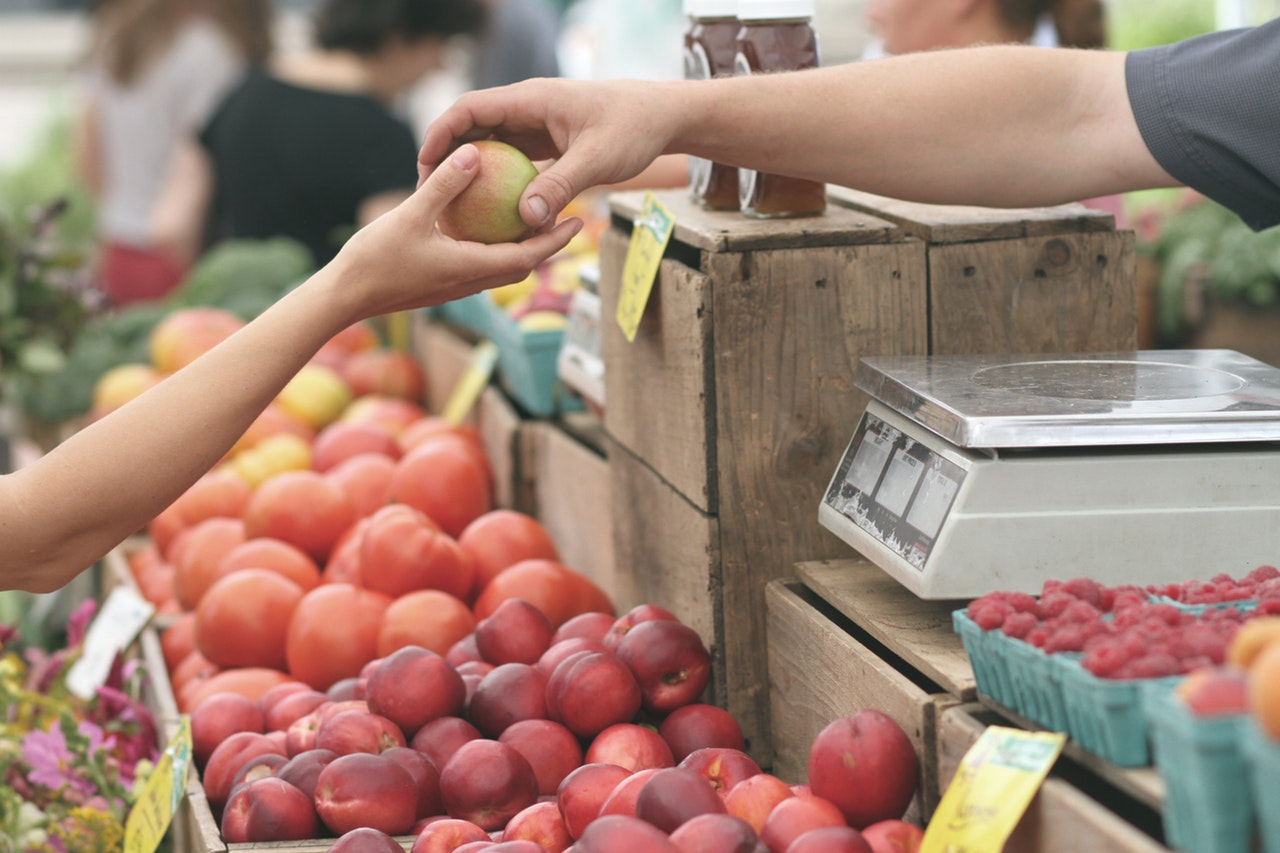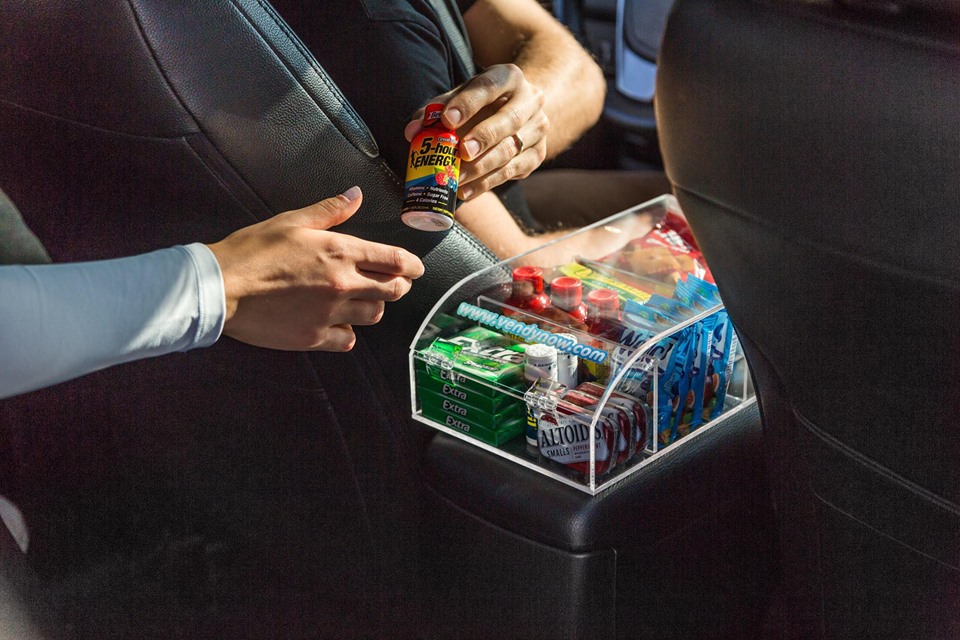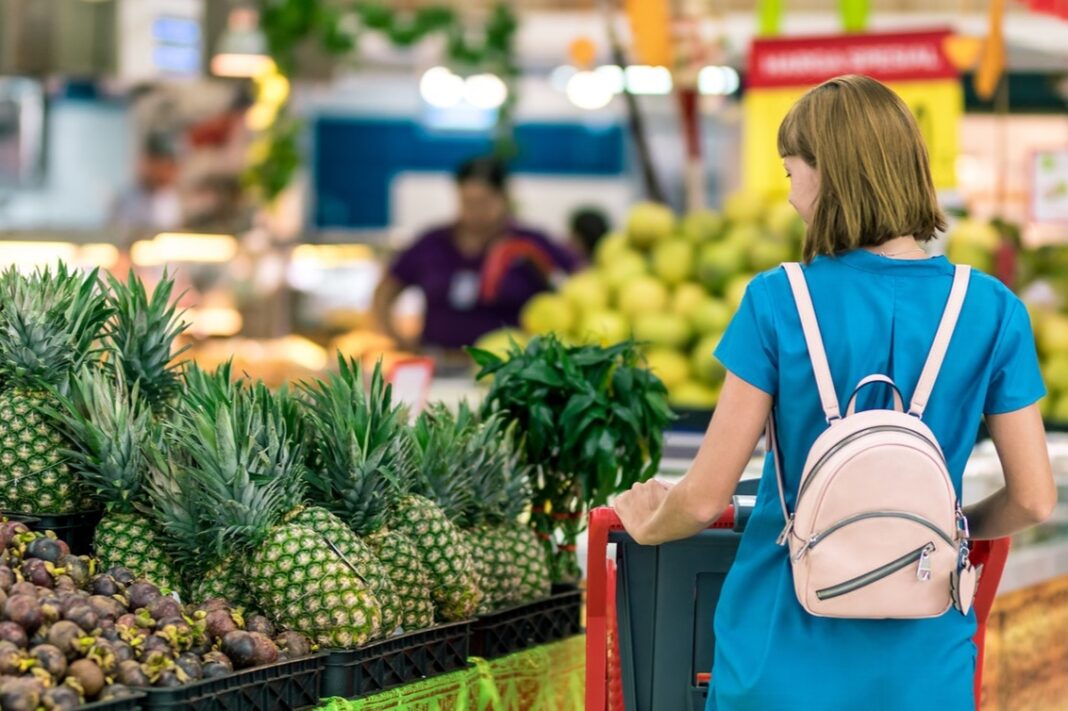

By Kayla Matthews
Grocery trips are worldwide necessities. But, the habits people adopt when purchasing the things they need differ depending on location. The 2019 Canadian Consumer Insights Survey from PwC revealed fascinating things regarding Canadians’ grocery-buying preferences. Here are some of the standout conclusions of the report:
Canadians Embracing In-Person Trips
In the United States, companies like Amazon drastically changed how people purchase groceries. They commonly shop for things they want online and get the items delivered to their doorsteps. But, in Canada, residents would rather shop in person.
When asked about the things that would make their current in-store shopping experiences better, they focused on a couple of aspects. The leading advantage, cited by 52% of Canadian respondents, was the ability to go through the store quickly and conveniently. Next, 32% liked efficient and simple payment methods, including contactless options and mobile payment apps.
Based on the statistics above, it makes sense that most Canadians are not yet on board with online shopping compared to people in the United States. The PwC survey said that only 20% of respondents were likely to purchase groceries online over the next 12 months, and 69% percent said they were “unsure” or not likely” to do so.


Microshopping on the Rise
In some parts of the world, people get groceries via extensive shopping trips occurring on the weekends or less often. They get everything during one visit to a store. But, there’s a different trend emerging among Canadians. More specifically, they like microshopping trips. A Forbes article defined microshopping trips as outings that take five minutes or less.
The PwC survey found that 26% of Canadians took part in microshopping 2-3 times per week, and a slightly lower percentage (23%) did so weekly. Additionally, 10% said that they went microshopping daily or more often. For example, a person in the last category might get in the habit of making daily decisions about what to make for dinner, and dash into the grocery store to get the necessary ingredients.


Grocery Shopping Helps People Engage With Their Communities
Besides the conveniences mentioned above concerning in-person shopping, there’s another factor that may compel Canadians to prefer that method over shopping while sitting in front of a computer screen.
Research from the Canadian Grocer website, which the PwC report cited, showed that people increasingly view grocery stores as “community centres.” Some grocers place benches in their buildings to encourage people to stop and have conversations with other shoppers. That option doesn’t align with the short length of microshopping trips, but it reveals another reason why Canadians shop in stores instead of online.


Quick Meal Offerings Getting More Plentiful
However, the Canadian Grocer report found another trend that matches the increase in microshopping — an expansion of single-serve, ready-to-eat offerings. The information mentioned that nearly 4 million Canadians live alone, and that number should go up to 5 million within a few years.
A person who lives alone may not feel motivated enough to cook meals that they eat by themselves. Also, it’s often difficult for people to gauge how much they should prepare so that they’ll have enough to conquer their hunger without making too much and having it go to waste. One understandably appealing alternative is to make a microshopping trip at the end of the day, pick up a ready-to-serve meal and have food to eat within a few minutes.




Canadian Retailers Need to Focus on the Customer and Employee Experiences
One of the topics covered at length in the PwC survey was a metric called return on experience (ROX). It’s a measurement of direct customer interaction with a brand, and PwC concluded that retailers need to make significantly more investments in customer experience (CX) than they are now.
It continued by highlighting the relationship between CX and employee experience (EX), and emphasizing that CX and EX help differentiate brands in the marketplace. It also mentioned that although 91% of global corporations have executives overseeing EX, the percentage of Canadian organizations that do lags at 74%.
Excellent CX and EX should cater to the needs of Canadian shoppers that prefer to shop in person. That’s because CX encompasses the things that a person encounters, sees or feels while doing business with a brand, and EX is similar because it refers to those aspects from the perspective of workers.
If a store fails at CX and EX, Canadians could have unpleasant opinions about retailers, even if they’re merely going into a store for a microshopping trip that spans a matter of minutes.


photo: vendy via facebook
An Interesting Take on Microshopping That Could Arrive in Canada
What if there were a way for people to buy physical items at the same time they used on-demand ride services like Lyft? That question popped into the mind of Salomon Horowitz, a Venezuelan native who managed Lyft’s operations in Florida.
He knew that riders spend an average of 23 minutes in their Lyft vehicles and thought about how drivers might increase their earnings by giving customers the chance to purchase convenience store items while en route. Eventually, Horowitz created Vendy, a Miami-based startup that lets drivers order boxes of essentials ranging from snacks to over-the-counter painkillers and offer them to customers.
When drivers run out of stuff, a Vendy representative meets them in person with the items they need to stock up again. Moreover, vehicle operators can make specific requests for top-selling items or products they think riders would most likely want.
Lyft expanded to Canada recently, and it’s too early to say if Vendy might arrive there also. If it does, people would have another way to microshop that doesn’t involve grocery stores.
Microshopping Meets Canadians’ Needs
The information here shows that microshopping matches the needs of Canadian consumers. Retailers must remain aware of that as they determine how to improve experiences.


Kayla Matthews is a researcher, writer and blogger covering topics related to technology, smart gadgets, the future of work and personal productivity. She is the owner and editor of ProductivityTheory.com and ProductivityBytes.com. Previously, Kayla was a senior writer at MakeUseOf and contributing freelancer to Digital Trends. Kayla’s work on smart homes and consumer tech has also been featured on Houzz, Dwell, Inman and Curbed. Additionally, her work has appeared on Quartz, PRNewswire, The Week, The Next Web, Lifehacker, Mashable, The Daily Dot, WIRED and others.


















![World’s 1st VUSE Storefront Opens in Downtown Toronto [Photos]](https://images.squarespace-cdn.com/content/v1/529fc0c0e4b088b079c3fb6d/1600809478182-51W99YAKSS061WZZZEA4/ke17ZwdGBToddI8pDm48kGhF2FCaXCFJZFEalRo8kqUUqsxRUqqbr1mOJYKfIPR7LoDQ9mXPOjoJoqy81S2I8N_N4V1vUb5AoIIIbLZhVYxCRW4BPu10St3TBAUQYVKc-1xO4ojbyXh6pGHoSehGwJrj31ldwyDpM9XrZmSoQV1hiaei2FKmHe5-h9rSbF7s/Screen%2BShot%2B2020-09-22%2Bat%2B5.03.35%2BPM.jpg)

